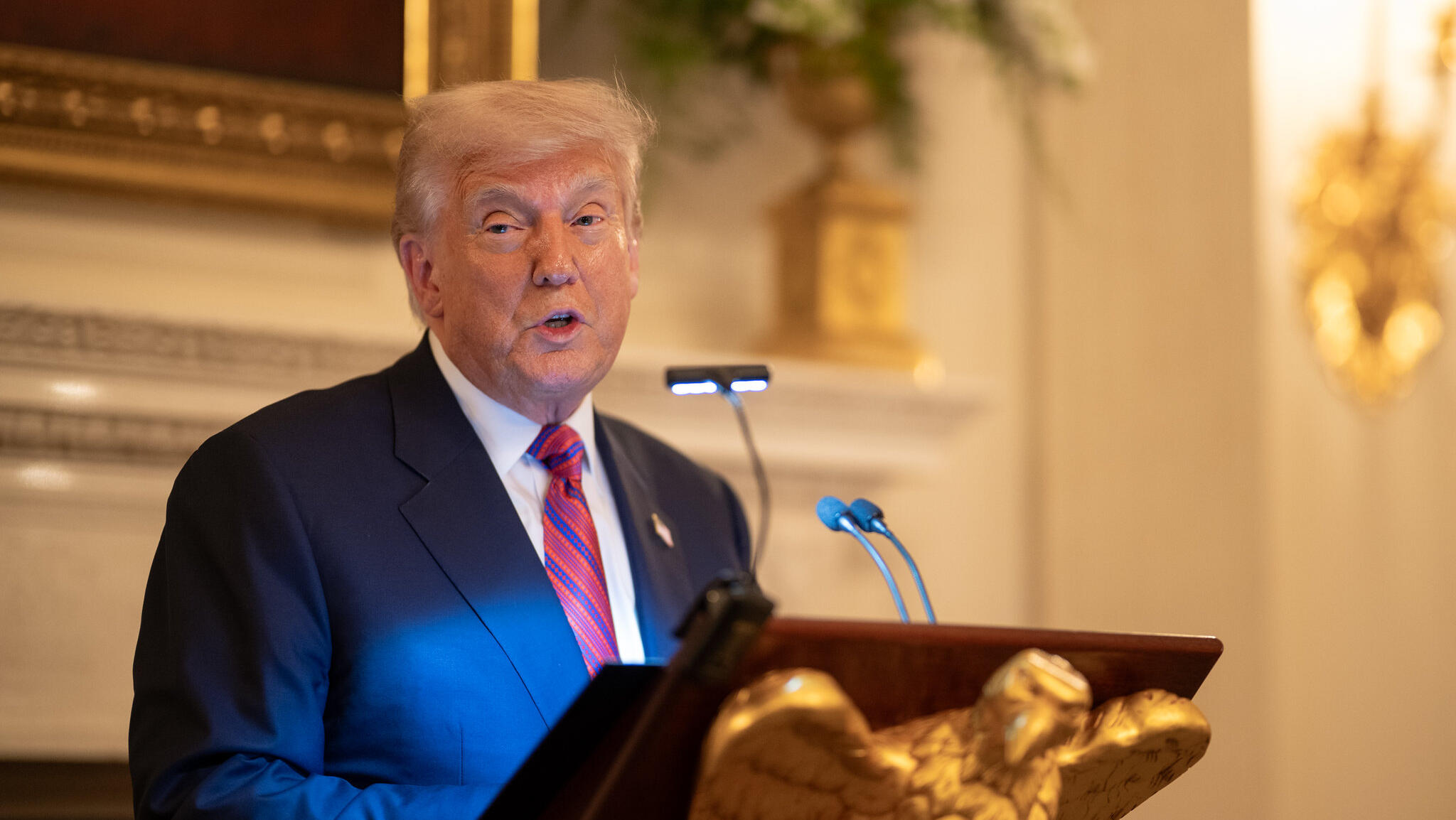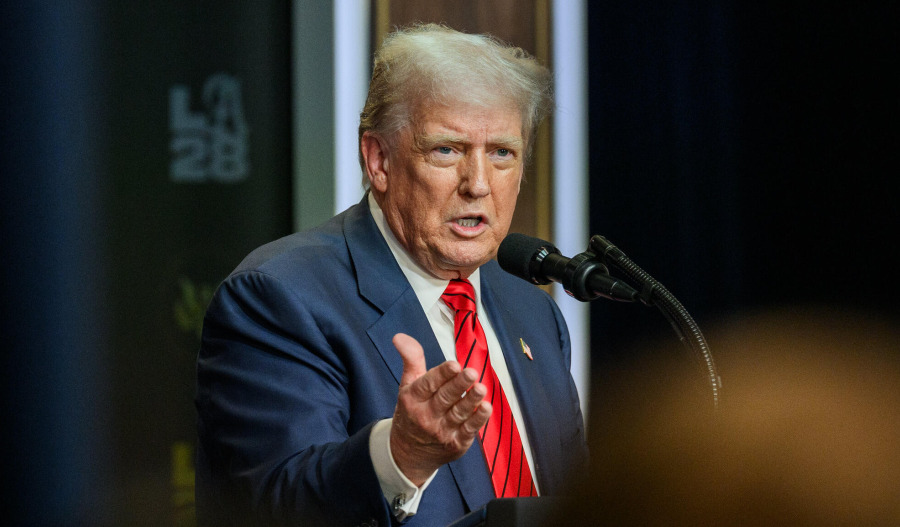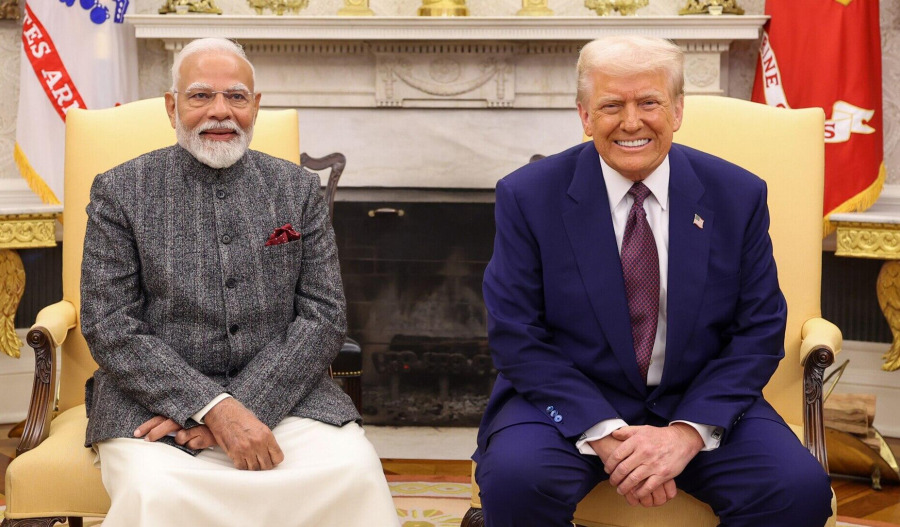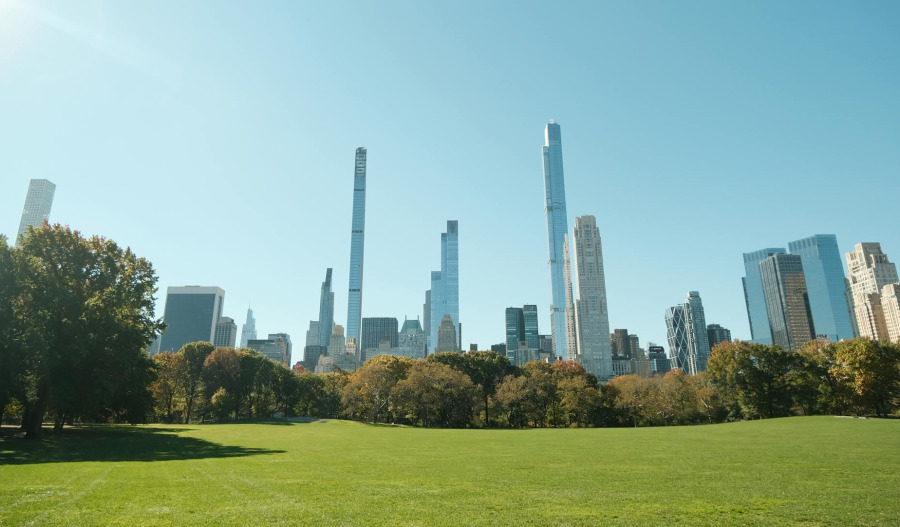United States President Donald Trump has announced plans to impose a 100% tariff on all imported semiconductors and chips, unless the companies behind them are committed to manufacturing in the United States.
Speaking from the Oval Office on Wednesday afternoon, Trump said, “We’re going to be putting a very large tariff on chips and semiconductors.”
The measure aims to boost domestic production of critical technologies and reduce reliance on foreign suppliers.
The new tariff, set at approximately 100%, will apply to “all chips and semiconductors coming into the United States”, the president confirmed.
However, he made it clear that companies producing domestically, or those actively building U.S.-based manufacturing operations, would be exempt.
“But the good news for companies like Apple is if you’re building in the United States or have committed to build, without question, committed to build in the United States, there will be no charge,” Trump said.
“So in other words, we’ll be putting a tariff on of approximately 100% on chips and semiconductors. But if you’re building in the United States of America, there’s no charge.”
The announcement follows Apple’s confirmation that it will spend an additional US$100 billion on U.S. companies and suppliers over the next four years, bringing its total planned domestic investment to $600 billion.
The move appears to align with Trump’s push for reshoring production in strategic industries.
Trump had previously hinted that chip-related duties could be implemented as early as next week. Semiconductors have become a key battleground in the global technology race, with the U.S. seeking to secure its supply chain and reduce dependence on rivals.
In a separate trade development earlier Wednesday, Trump also imposed an additional 25% tariff on imports from India, doubling the overall levy to 50%. He cited India’s continued purchases of Russian oil as the reason behind the move, framing it as part of broader efforts to pressure Moscow’s trading partners into backing a peace deal in Ukraine before the September deadline he has previously set.



